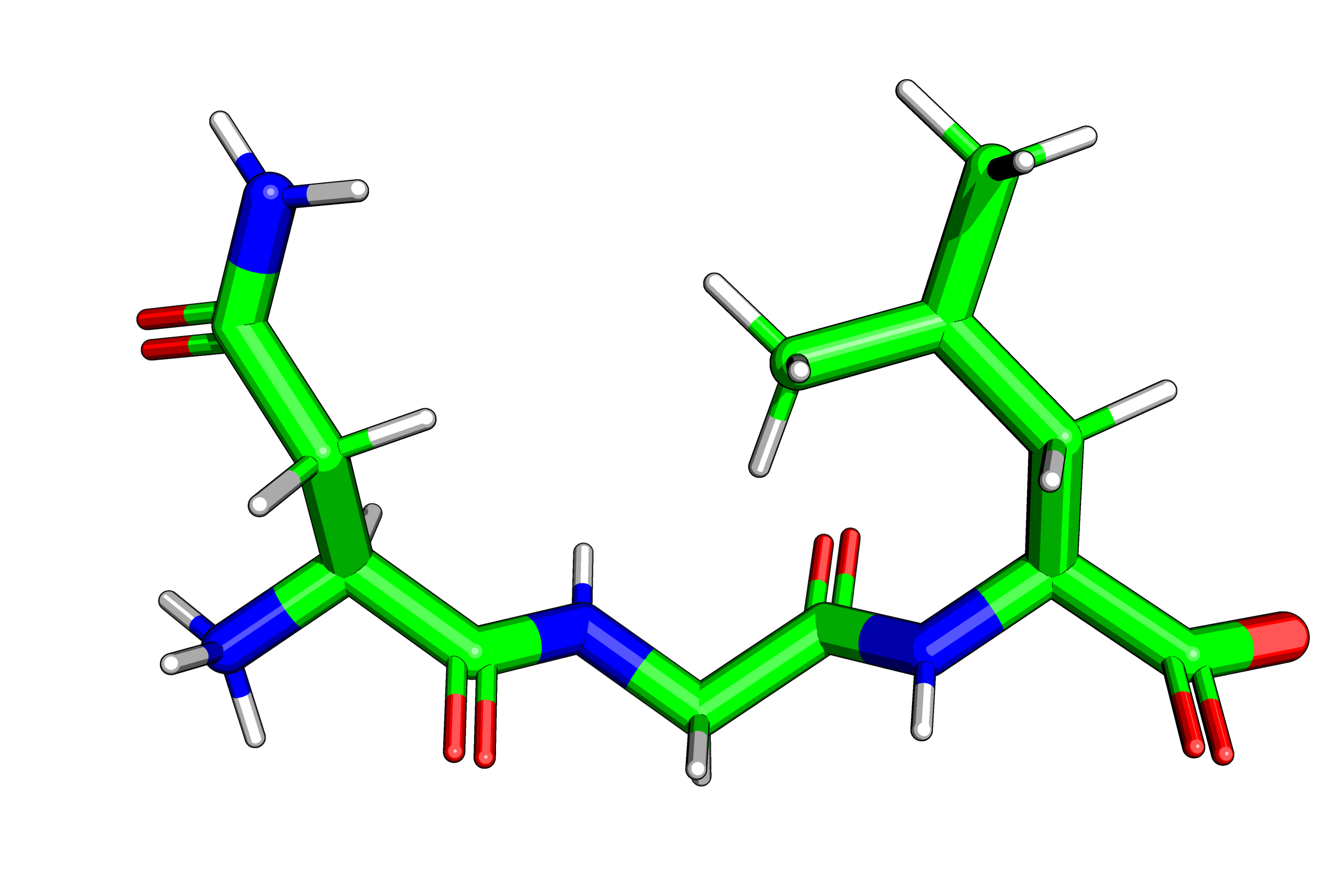
Michelanglo — VENUS
Variant effect on structure — Other free energy calculators
Other tools
Venus is not the only tool to calculate ∆∆G available online.
There are two main approaches: the molecular mechanics based approach, such as used in Venus,
wherein the forces between the atoms is calculated, and the machine learning approach,
wherein certain parameters are fed into a model, which in several cases do not require a structure.
The following list with some different tools is presented to
help determine the certainty of a hypothesis generated, for example if a mutation is
unanimously predicted to be destabilising.
Obviously, this list is in no way intended to encourage
the practice known as p-value shopping, therefore,
in the case of discordance, please refer to one of the many reviews that
compare these tools
(e.g.
ref
or
ref
)
Please note most of these tools require a structure or a PDB ID to be provided
and also that
Venus renumbers structures to match the canonical isoform in Uniprot (see
gene documentation
).
whereas many PDB structures are number by the construct used to produce the protein
for the experiment.
- FoldX — This is a forcefield based approach, similar to Rosetta, but utilising a different framework and different approximations for certain terms. For example, in Rosetta, the Lennard-Jones potential is split into its attractive and repulsive terms allowing for differential weighting, both use implicit solvent, but with different solvatation energy calculations etc. The server is free to use for academics upon registration.
- MutPred2 — This powerful tool gives its top scoring prediction of what may be disrupted by the mutation (stability, ligand binding, interface _etc._) starting solely from primary sequence. These features are predicted by the neural network and are not annotations, therefore, unlike Venus, which is limited by being strictly empirical evidence based, is able to suggest certain effects even if there no evidence for it.
- Missense3D — This tool uses a panel of critical structural hallmarks that would disrupt a protein, such as broken disulfides, altered buried hydrophobics, charge switch, proline in helices and so forth. A destabilisation prediction is also given using MolProbity.
- SDM — This longstanding tool, now in its second iteration as SDM2 ( previous version ), is a hybrid mechanistic and statistical approach wherein specific substitute tables are consulted based on key molecular mechanical properties.
- DynaMut — This tool applies a method that mimics MD in creating an ensemble of conformations which are scored with a panel of different algorithms (DUET, mCSM, SDM and ENCoM).
- CUPSAT — This tool is part of the BRENDA enzyme database ). It uses key forcefield terms quantify the protein environment to determine the scores.
- Music suite — This set of tools (PoPMuSiC, HoTMuSiC and SNPMuSiC), which requires registration for use, use neural network models based on either sequence or structural (including molecular mechanical terms as is the case of SNPMuSiC).
- pPerturb — This tool focuses on the effect a mutation has on the wider shell of residues by analysing their interactions.
- iStable2 — This tool combines eleven different scoring models in order to give a consensus score.
- MutaFrame — This tool combines two predictors SNPMuSiC and DEOGEN2 in an animated interface.
- Duet — This tool amalgamates the results from two predicts (mCSM and SDM) with a consensus approach.